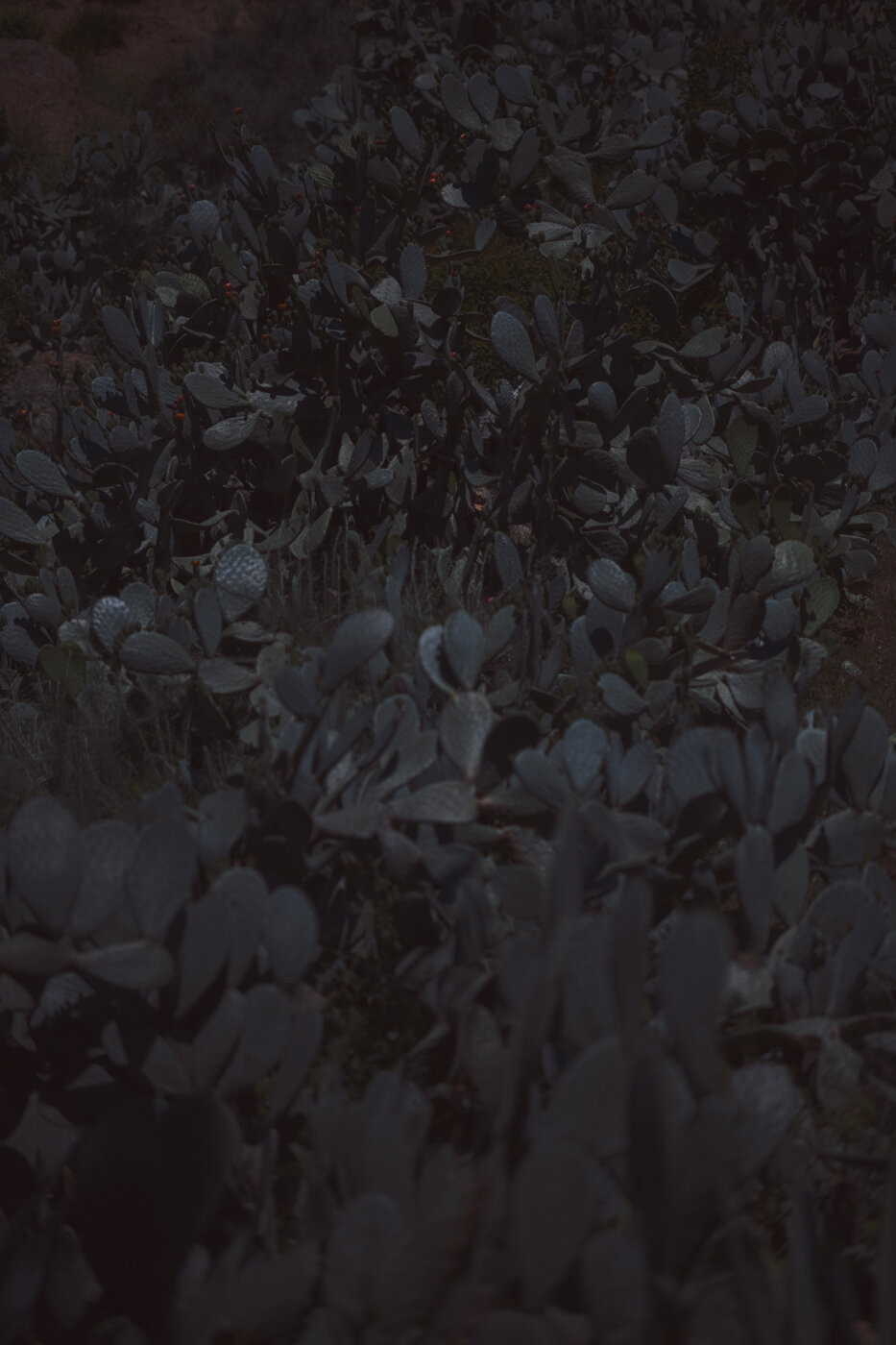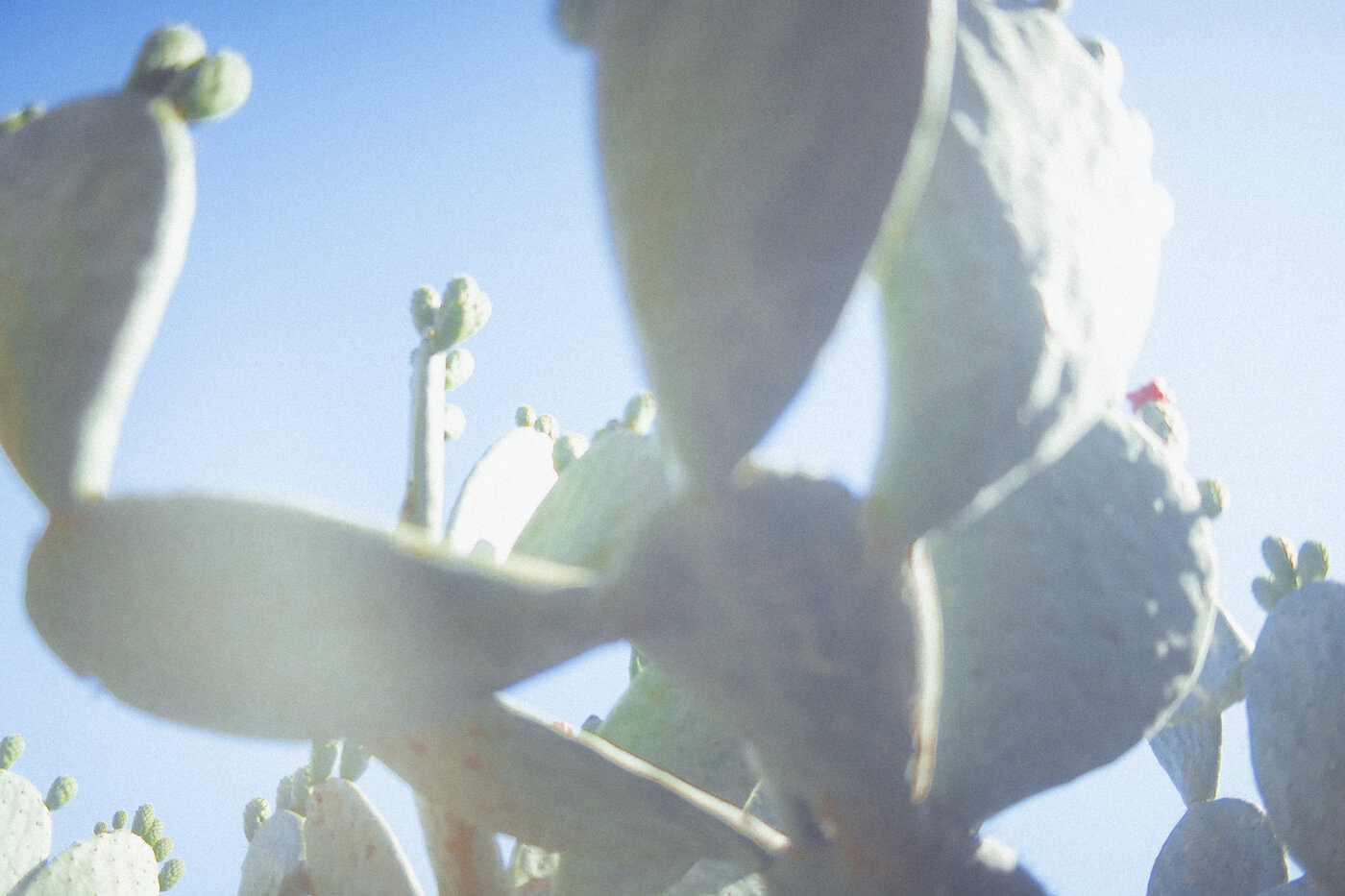
“Projects evolve in response to countless discoveries about the way light falls on particular houses or streets or people or cars or mesas. … The discoveries are most likely made, I think, when I feel at home. Lewis Baltz said to me once that he believed he took sucker shots when he visited a place for the first time....”
Robert Adams
Robert Adams’ photography has long been an enormous source of inspiration for me.
My photo book, I’m Yours to Keep, was heavily influenced by his later work. When the quarantine began, I immediately thought of Adams and his incredible images made on his daily walks beside the river just beyond the back door of his Colorado home. Those photographs are at once banal and ecstatic. I decided that now is the time to rediscover my home and the beauty that surrounds it.
My street runs along the bottom of a small, narrow canyon, like so many streets in Los Angeles. At the end of this street is an empty lot overgrown with wild blue agave. A sea of Barbary fig cacti rises out of the agave and races up the hillside, crests over the hilltop, and disappears from view. Wild rushes of succulents and cacti are common in LA and somehow always comfort me when I encounter them. I think of them as the cathedrals of the natural world. And so, I have been photographing the cathedral at the end of my street once a day during this period of quarantine.
Adams’ work was only a launching point for this project, though. I don’t like to repeat myself, and I needed to take this project in a new direction. Over the past year, I’ve become fascinated with the sublime, an aesthetic in art put forward by Edmund Burke in A Philosophical Enquiry Into the Origin of Our Ideas of the Sublime and Beautiful, published in 1757. He defined the sublime as an artistic effect produced by the strongest emotion the mind is capable of feeling. The sublime has long been understood to mean a quality of greatness or grandeur that inspires awe and wonder.
From the seventeenth century onward, the concept has inspired artists and writers, particularly in relation to the natural landscape. In the essay that introduced the Tate Museum’s 2010 exhibition “The Art of the Sublime,” Christine Riding and Nigel Llewellyn wrote, “…The sublime in writing, nature, art or human conduct was regarded as of such exalted status that it was beyond normal experience, perhaps even beyond the reach of human understanding. In its greatness or intensity, and whether physical, metaphysical, moral, aesthetic or spiritual, by the time of the Enlightenment, the sublime was generally regarded as beyond comprehension and beyond measurement. It was at this point in the history of the word sublime that visual artists became deeply intrigued by the challenge of representing it, asking how can an artist paint the sensation that we experience when words fail, or when we find ourselves beyond the limits of reason?”

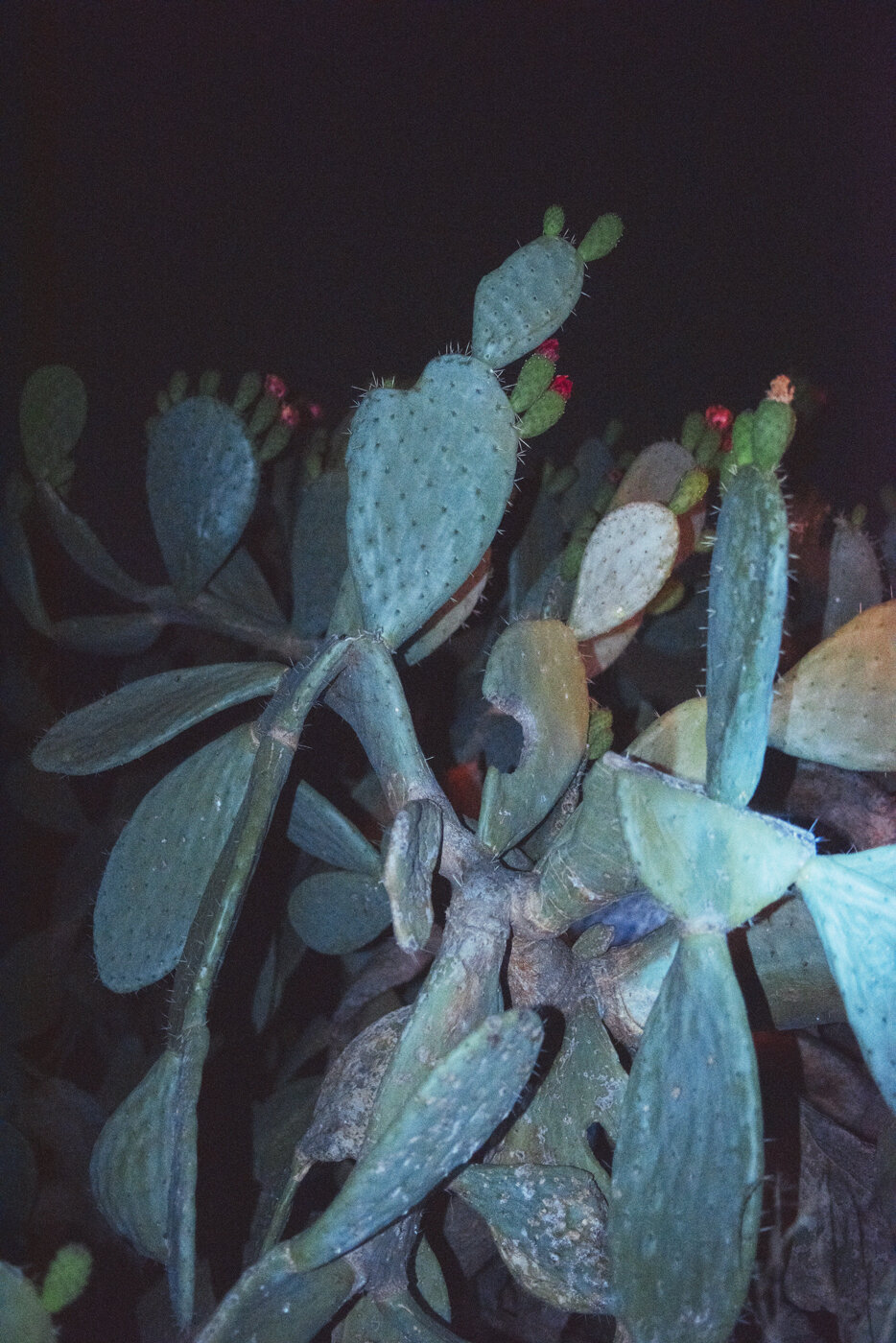
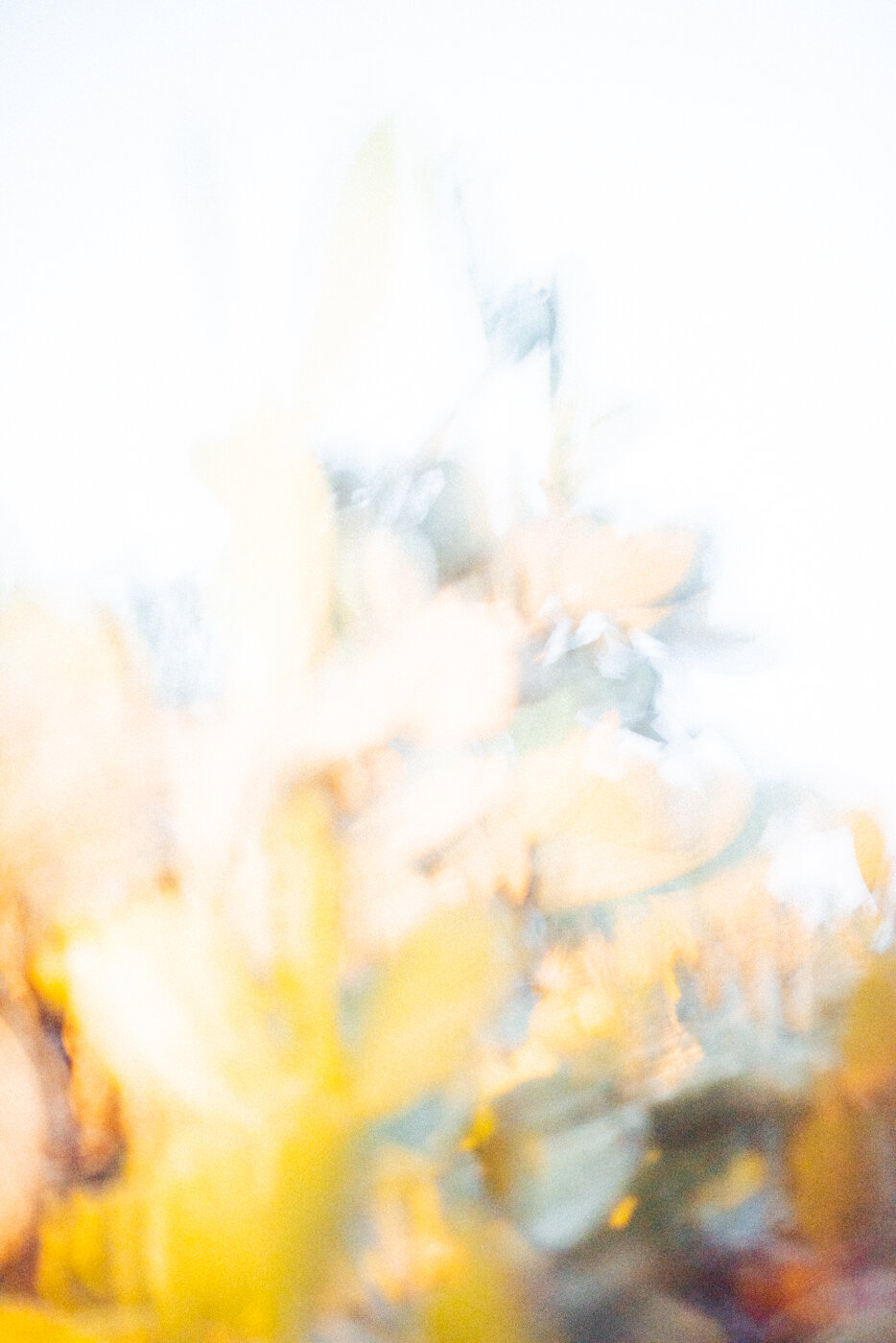
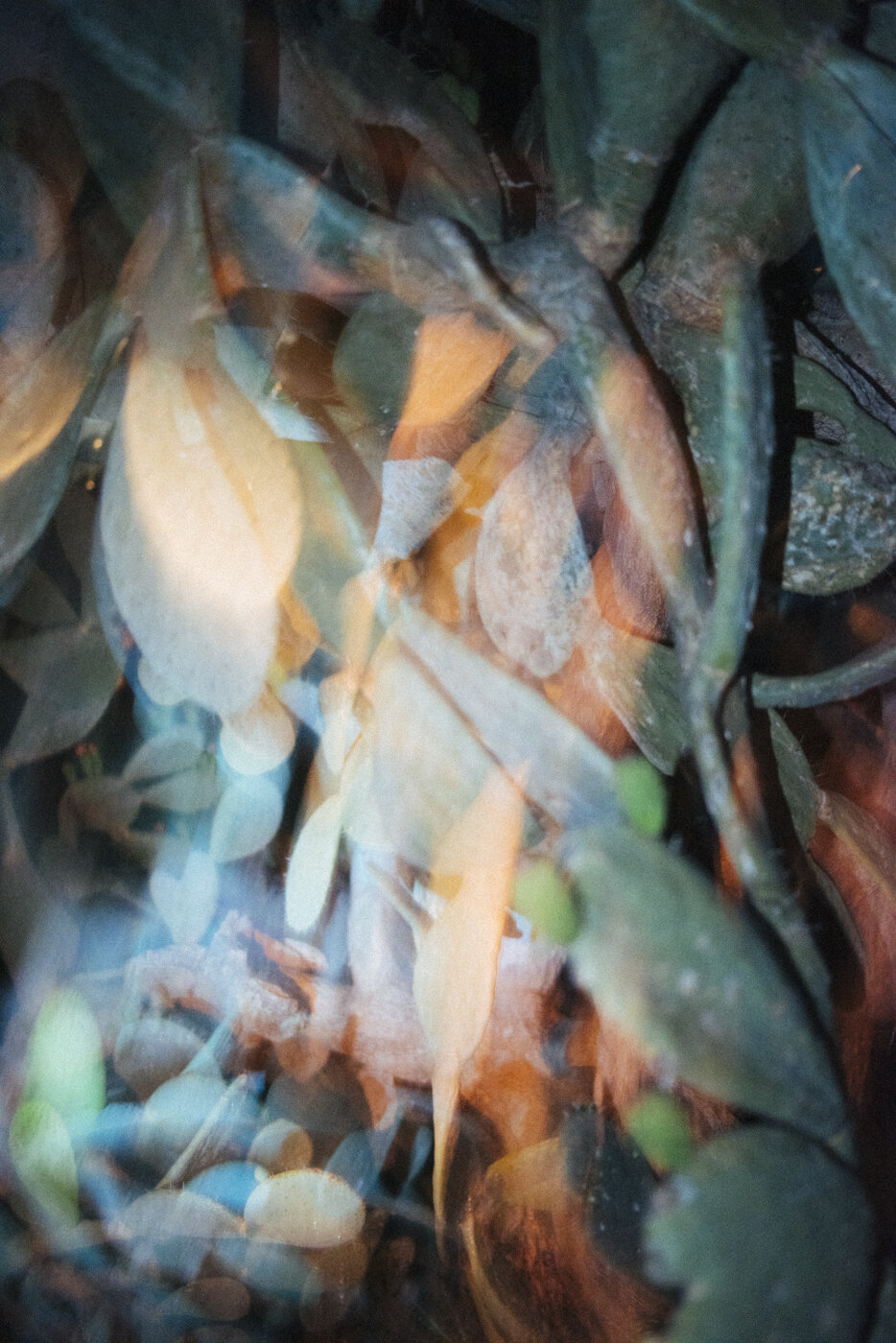
So the question might be distilled down to, “How do you photograph a sensation?” Is it possible to make a photograph not of something as it is but rather to capture how it makes you feel when one first views the subject?
As an attempt to photograph a sensation, to represent the sublime, this project has evolved into a desire to create fantasy from a very ordinary story. The results are an invented landscape. My dream is to create a mythology around a place that is significant to me. —Todd Cole




